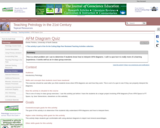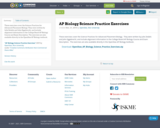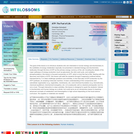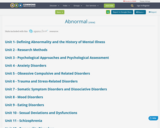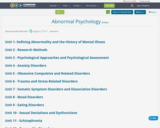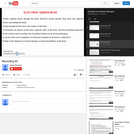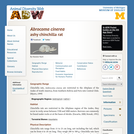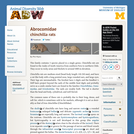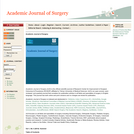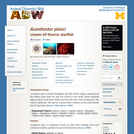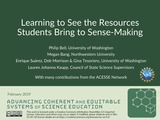
Overview: In this workshop, we will build our capacity to identify the range of intellectual resources students use as they make sense of phenomena. We will first explore how equity and justice relate to culture-based approaches to pedagogy—and then focus on how to identify and leverage the resources students use in moments of sensemaking. This resource can also be used by individuals wanting to learn how equity involves promoting the rightful presence of all students across scales of justice, desettling inequities, and supporting expansive learning pathways. This workshop provides participants with an opportunity to explore important theoretical ideas by exploring examples of how learners engage in diverse sense-making. Participants will learn about some of the challenges that less expansive learning environments can cause for learners from non-dominant communities. This resource is estimated to take between 161-268 minutes (2 ⅔ - 4 ¾ hours), depending on the choices of the facilitator in scenario selection.
- Subject:
- Applied Science
- Education
- Engineering
- Life Science
- Material Type:
- Module
- Author:
- Hank Clark
- Philip Bell
- Deb Morrison
- Gina Tesoriero
- Abby Rhinehart
- Date Added:
- 02/25/2019
